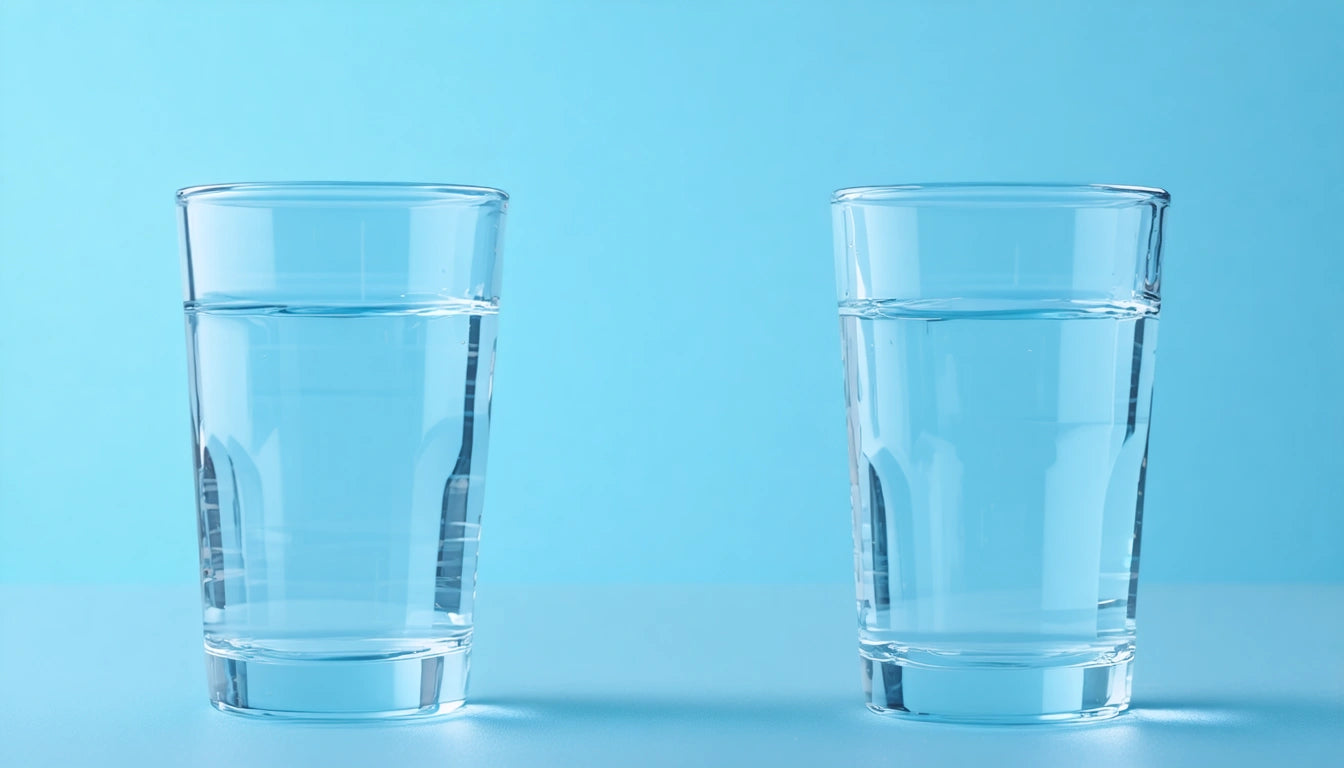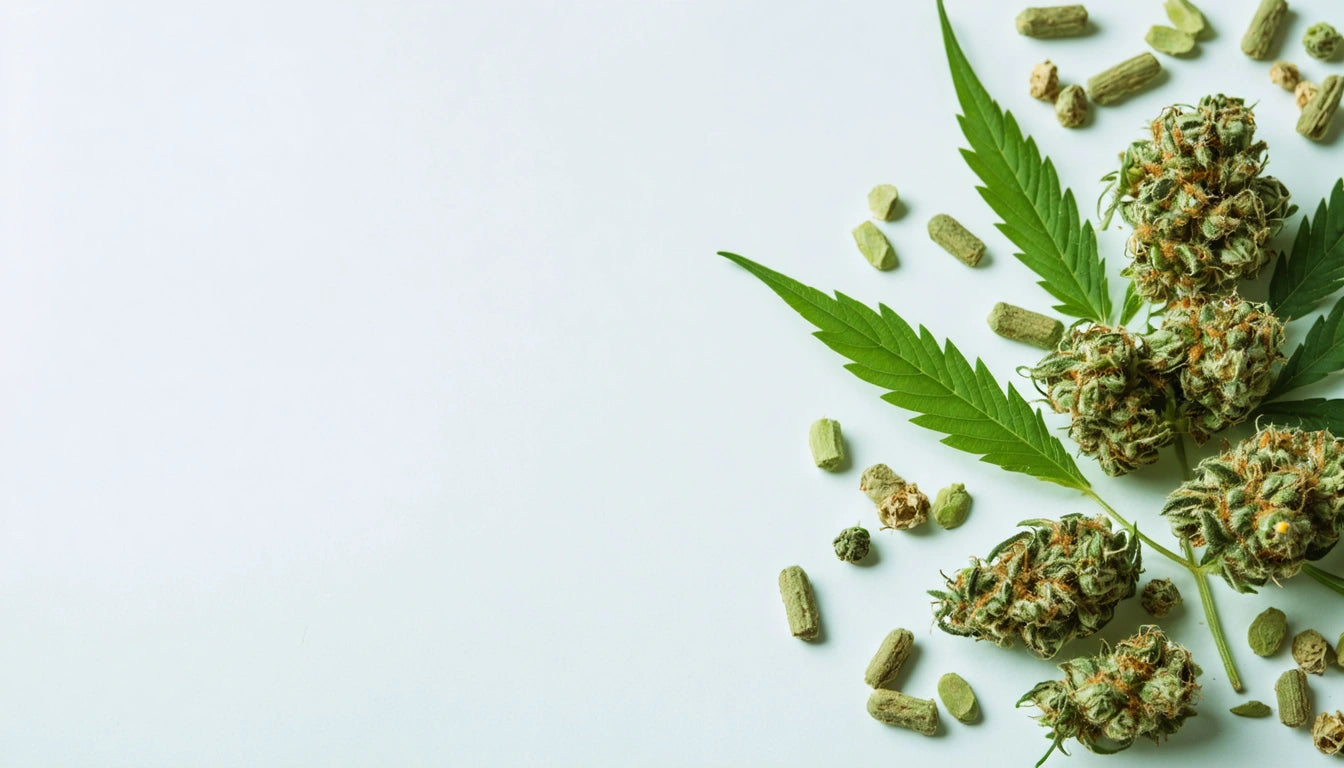Table of Contents
How Long Does Cannabis Stay Detectable in Hair?
Cannabis detection in hair follicle tests presents unique challenges compared to other testing methods. Hair tests can identify cannabis use over a much longer period than urine, blood, or saliva tests. Understanding how long weed stays in your hair and the factors that influence detection can help individuals make informed decisions about cannabis consumption.
Hair Testing Basics: How Cannabis Detection Works
Hair follicle testing detects THC metabolites that enter the bloodstream after cannabis consumption. These metabolites reach the blood vessels of the scalp and become trapped in the core of the hair as it grows. The standard testing procedure involves collecting a hair sample approximately 1.5 inches long from close to the scalp.
The testing process typically involves:
- Collecting 100-120 strands of hair
- Washing the sample to remove external contaminants
- Analyzing the inner portion of the hair shaft
- Testing for THC-COOH, the primary metabolite screened in hair tests
Unlike other methods that detect recent use, hair testing creates a timeline of cannabis consumption. This makes it particularly useful for establishing patterns of use rather than isolated incidents.
Detection Window: How Long Cannabis Remains in Hair
The question of how long weed is detectable in hair has a consistent answer across most testing protocols. Cannabis metabolites can be detected in hair for up to 90 days after use. This extended window occurs because:
Hair grows approximately 0.5 inches per month. The standard 1.5-inch test sample therefore represents about three months of growth. As this detailed guide on detection timeframes explains, this makes hair testing the longest-reaching detection method available.
Usage Frequency and Detection Timeframes
Infrequent Users
For occasional users, the question of how long weed stays in hair for infrequent users is particularly relevant. Even single-use instances can potentially be detected, though the concentration may be lower. Research suggests that infrequent users might test positive for 5-7 days after use, though results can vary based on individual metabolism and the sensitivity of the test.
Regular Users
For frequent consumers, cannabis metabolites accumulate in hair over time. Regular users will typically show higher concentrations and more consistent positive results throughout the 90-day window. As explained in this comprehensive detection guide, chronic users may test positive for longer periods even after cessation.
Factors Affecting Cannabis Detection in Hair
Several variables influence how long cannabis can be detected in hair:
- Potency of cannabis consumed: Higher THC concentrations lead to greater metabolite presence
- Frequency of use: Regular consumption results in higher accumulation
- Metabolism rate: Individual metabolic differences affect processing speed
- Hair color and type: Darker hair may bind more metabolites
- External contamination: Exposure to cannabis smoke can affect results
Hair treatments and products can also impact test results. Chemical processes like bleaching, dyeing, or using products with specialized protective barriers similar to those used in safety packaging may potentially reduce metabolite concentrations in hair samples, though this is not guaranteed.
Hair Tests vs. Other Cannabis Detection Methods
Understanding how hair tests compare to other detection methods helps contextualize their use:
- Urine tests: Detect use from the past few days to weeks (detailed timeframes here)
- Blood tests: Primarily show active impairment, usually within hours to days (more information)
- Saliva tests: Detect recent use, typically within 24-72 hours (specifics on saliva detection)
- Hair tests: Show patterns of use over approximately 90 days
While other tests may be more appropriate for determining recent use or current impairment, hair testing stands alone in its ability to establish long-term usage patterns.
Preparation and Considerations for Hair Testing
For those facing a hair follicle test for cannabis, several important considerations apply:
First, understand that shaving your head is not an effective evasion strategy. Most testing facilities will take hair from secondary body locations if head hair is unavailable. Body hair actually has a longer detection window due to its slower growth rate.
Second, be aware that claims about special shampoos or treatments to remove THC from hair have limited scientific support. Most commercially available "detox" products have not been independently verified for effectiveness.
Finally, time remains the most reliable factor in clearing cannabis from hair. For those concerned about how long weed shows up in a hair test, the only guaranteed approach is abstinence for at least 90-120 days before testing.
Understanding these detection windows helps individuals make informed decisions about cannabis use, especially in contexts where testing may occur. As this comprehensive guide on cannabis effects and detection explains, knowledge about testing methods empowers consumers to make choices aligned with their personal and professional circumstances.











Leave a comment
All comments are moderated before being published.
This site is protected by hCaptcha and the hCaptcha Privacy Policy and Terms of Service apply.